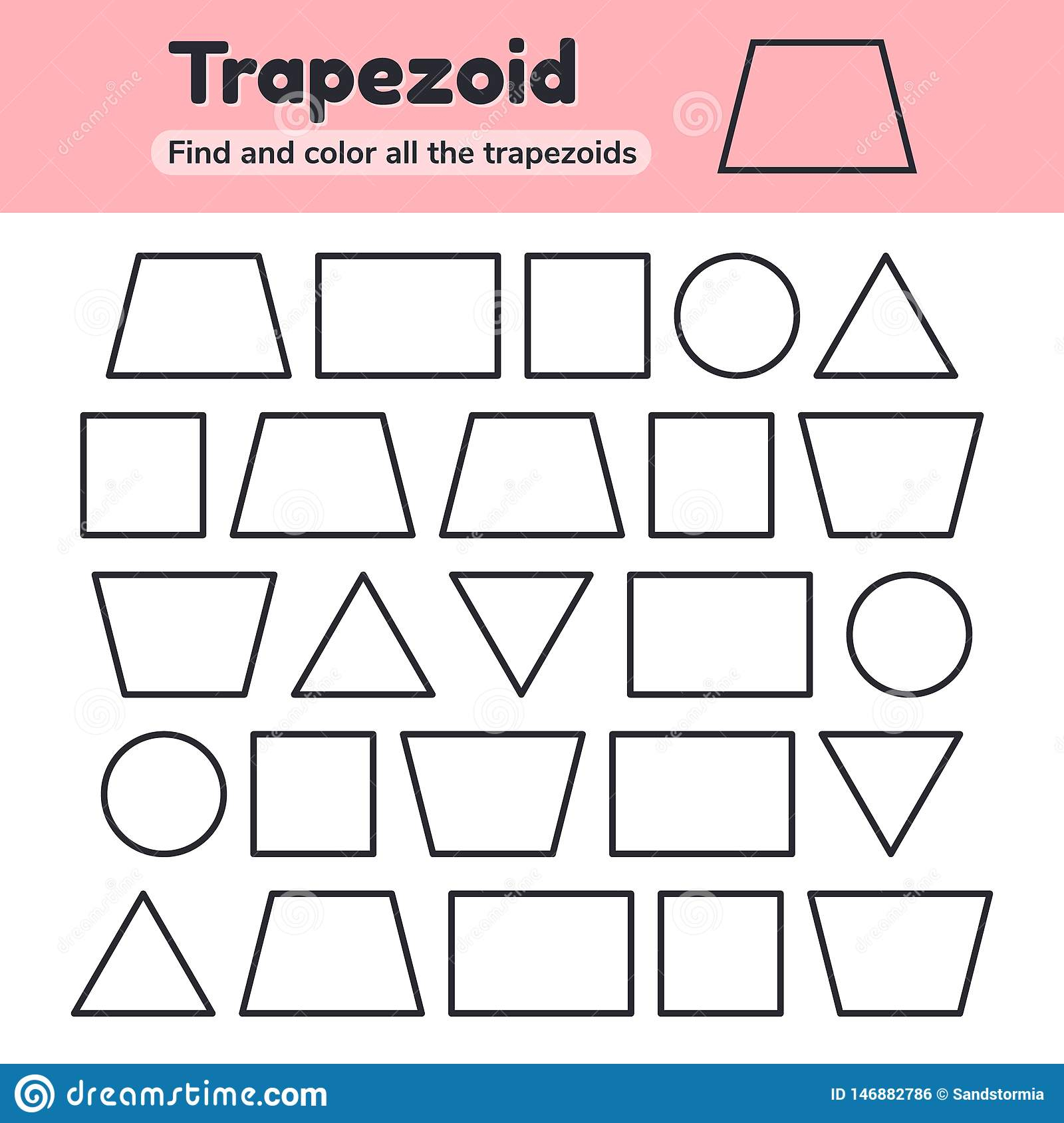

The same sort of issue arises with other shapes, such as the rectangle. Quadrilateral Classification: Definition of a Trapezoid

Here are a couple pages from our site about this matter: I started with the usual explanation of inclusive and exclusive definitions, emphasizing that both forms of definition are valid: Both definitions are in use, so neither is wrong! That does lead to confusion, but each author has to choose the definition that makes most sense in his context. I can’t vouch for the claim that most textbooks state the exclusive definition (saying that figures with a second pair of parallel sides are excluded from being trapezoids) but are they wrong, as this author reportedly says? Or is he wrong? Is he correct or are thousands of books going to be published with the wrong definition? As a teacher looking to buy new books for my school, I would really like to know. He even included this definition in the glossary of a newly published textbook. A square, therefore, would be considered a trapezoid. His definition of a trapezoid is that it is a quadrilateral that has at least one pair of parallel sides. However, a very highly regarded educator and textbook author recently argued that this definition is incorrect. Most textbooks and websites will confirm this definition. Now let’s move on to the other issue, which tends to generate more questions, like this one from 2004: Inclusive Definitions: TrapezoidsĪs far as I know, a trapezoid is defined as a quadrilateral with exactly one set of parallel sides. I think that you are using it to mean a general quadrilateral, with no parallel sides.

On the other hand, I started another answer with, First, we need to be sure of your definition of the word "trapezium", which varies among countries. For example, a few years ago I started an answer with, If you live in a country where "trapezium" means that two sides are parallel, and if you know which two they are, then. And sometimes we just have to ask, if the question is unclear about which is meant. Some of us (such as Doctor Floor and Doctor Anthony), are themselves European, and may use “trapezium” even when the question is about a “trapezoid”. There’s no question what is being asked here. Taking the last issue first, when we get a question about a trapezium, we generally assume it is used in the European sense (though rarely we might see it in the American sense) if it mentions parallel sides, we can go on our way with confidence, as we did here: Cyclic Quadrilateralįor an isosceles trapezium ABCD with AB parallel to DC and AB < CD, prove that: Apparently to cut down on the confusion, trapezium is not used in American textbooks. Even more confusing is the existence of the similar word trapezium, which in American usage means "a quadrilateral with no sides equal," but which in European usage is a synonym of what Americans call a trapezoid. The situation is further confused by the fact that in Europe a trapezoid is defined as a quadrilateral with no sides equal. For other Americans, however, a trapezoid is a quadrilateral with one and only one pair of parallel sides, in which case a parallelogram is not a trapezoid. Under that definition, a parallelogram is a special kind of trapezoid. Some Americans define a trapezoid as a quadrilateral with at least one pair of parallel sides.

*From The Words of Mathematics by Steven Schwartzman (1994, Mathematical Association of America): trapezoid (noun) trapezoidal (adjective) trapezium, plural trapezia (noun). In our FAQ on geometrical formulas, we head one article with two names and a footnote: Trapezoid (American) We have to start with a regional issue: The word “trapezoid” doesn’t mean the same thing in every country. I promised to return to the subject, moving on to the specific issue of trapezoids, and some other related topics. A month ago, I wrote about classifying shapes, discussing inclusive and exclusive definitions, and variations in different contexts.


 0 kommentar(er)
0 kommentar(er)
